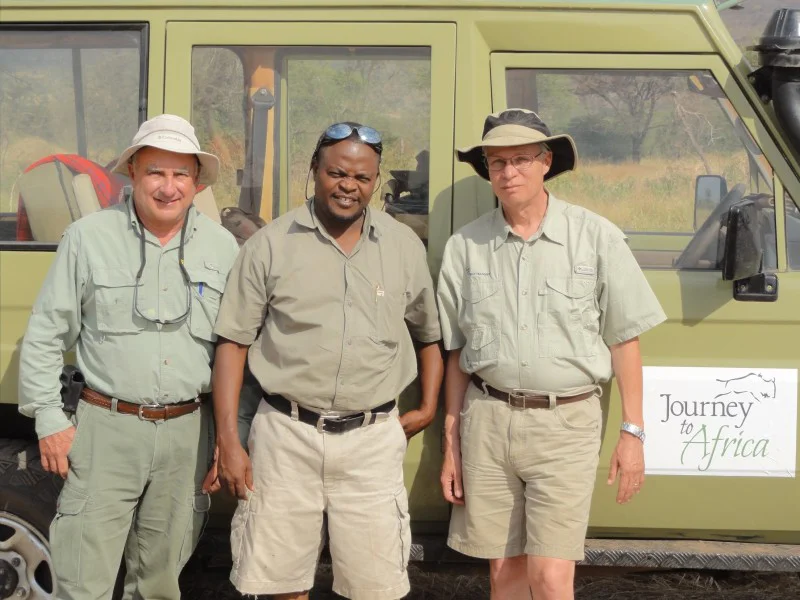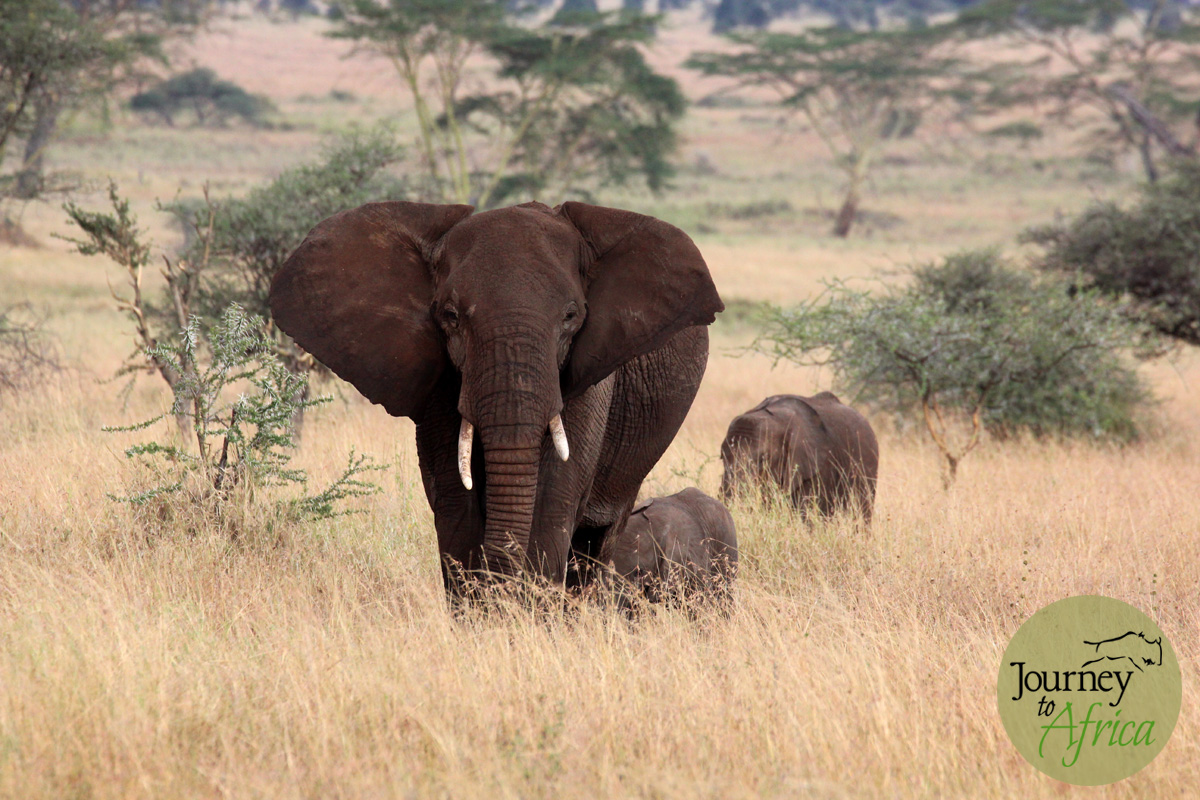One of the biggest draw to the wildlife-rich Serengeti National Park in Northern Tanzania and Masai Mara in Kenya is the wildebeest and zebra migration. The 1.5 million wildebeest and 0.5 zebra strong herbivore team, and its many herbivore and carnivore co-dependants, are constantly roaming this expansive area. The phenomenon is one of the Natural Wonders of the World. An experience that must be witnessed first hand as words alone can't justify this wonder.
The large herds are constantly moving this approximately 7,000 sq. miles area in search of fresh food and water.
They will feast on the nutritious mineral-rich grass of the Southern Serengeti during birthing time. With lots of calves, the cats have easy target. They sustain themselves on the long grass of Northern Serengeti and Masai Mara after rutting in Western Serengeti. And pass through Central and Eastern Serengeti / Loliondo area when heading back to Southern Serengeti. While on the move, you may be lucky and witness the Grumeti River crossing in Western Serengeti and dramatic Mara River crossing in Northern Serengeti. That is bonus!
Wildebeest Migration viewing guideling:
November to December
The wildebeest and zebra migration are heading to Southern Serengeti from Northern Serengeti. They are moving down via east of Serengeti in the Loliondo area and the many private concession areas. During this time, it is best to hedge your bets and stay in two regions of Serengeti.
January to March
The birthing season for the wildebeest and zebra. The place to be is Southern Serengeti to Loliondo and the many private concessions areas. The herds will also spill over to Ngorongoro Conservation Area. A good time to enjoy lots of hunts as cats come out to play with lots of young calves around.
April to May
The long rain season and showers can last a few hours but when it clears - fresh skies. If you don’t mind being adventurous this is a great time to visit and get some amazing deals on lodges. Central Serengeti to Western Serengeti is the place to be.
June to July
June is green after the rains. Enjoy the wildflowers. Migratory animals are roaming from Central to Western Serengeti on their way to Northern Serengeti and Masai Mara. During this time, the herds may be crossing the Grumeti River to get to Northern Serengeti or may already be in this area. Grumeti River is home to large crocodiles. Areas outside western Serengeti are also prime viewing spots.
August to October
The Wildebeest and Zebra population are usually in the long lush grass of Masai Mara and Northern Serengeti. They are in this region for a few months enjoying vegetation that the long rains of April May brought about. The herds are going back and forth between Tanzania and Kenya and increasing the odds of seeing a lovely Mara River crossing.
Right Place, Right Time!
The wildebeest and zebra herd of a million-plus are always moving. The thing to remember is getting to the right place, right time. We know just the places to make that happen.










































![Dome tent with toilet tent [blue] and the shower tent.](https://images.squarespace-cdn.com/content/v1/5600031fe4b05e6e38879c49/1450890594072-YV4WQXRYDFQ6SNU296D1/image-asset.jpeg)



